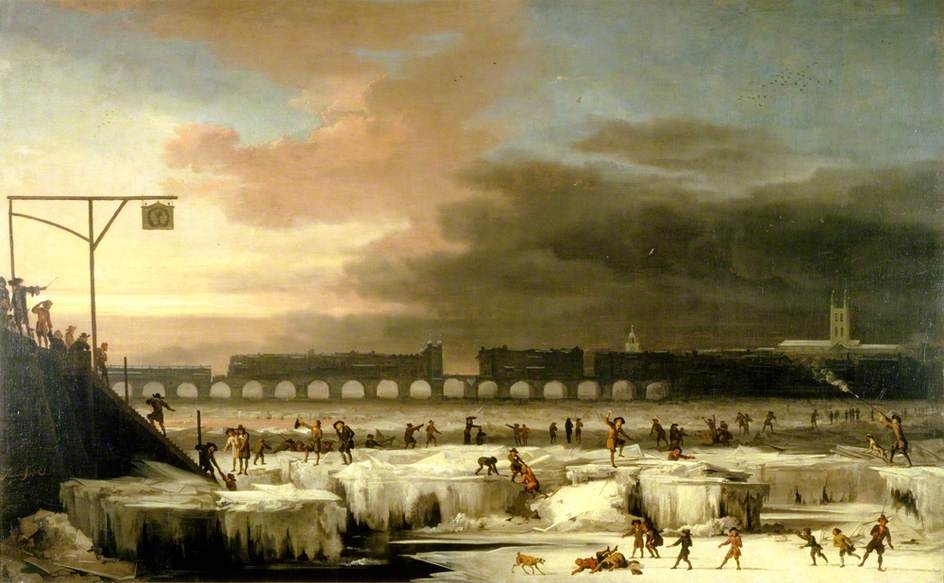Seventy thousand years ago, the eruption of the Toba volcano in Indonesia nearly wiped out humanity. The reason we know this is provided by the decoding of the human genome in both its modern and archaic expressions. Prior to the eruption, there was great diversity in the genetic makeup of people around the world. After the eruption, that diversity largely disappeared, and scientists speculate that the survivors of the ensuing global ‘winter’, food source failure, and related events reduced the global population of Homo sapiens to a few thousand individuals. One study suggested that there were only 40 breeding pairs of humans left.
No one at the time could have predicted this catastrophe because they didn’t have the scientific knowledge necessary to make a prediction. Modern man is faced with the same dilemma. We are now scrambling to deal with climate change and other earthly cycles that we have disrupted through overpopulation (100 times the biomass of any large animal that’s ever walked the Earth), pollution, and extermination of other species that may be vital to maintaining humans in the future. And we don’t really know how to undo what we have done. We are dangerously focused on a simplistic set of ‘solutions’ such as reduced emissions of greenhouse gases and converting to renewable energy sources. We are aware of the existential threat from human-induced mass extinction of other species that are vital to maintaining the web of life on this planet, but our attempts to mitigate the damage are a joke so far. Sadly, we think our technical civilization is a panacea, the tool that will provide the solutions, and are afraid to tinker with it much. Actually, we need to retool it fast to be more harmonious with ‘nature’.
While we are becoming acutely aware of the depletion of our natural resources, few are thinking about the contribution of modern warfare to our dilemmas. Resource wars will be far more destructive than the political or religious wars of the past (and present). In the old days, the earth wasn’t harmed much from spear-chucking or arrow-shooting foot soldiers, but with the invention mechanized armies, gunpowder, poison gases, germ warfare, and nuclear weapons, new and terrible threats to our environment were added. Take the oceans for example: How much in the way of unexploded ordinance, noxious gases, nuclear weapons, spent nuclear fuel, and related industrial toxic waste lies on the ocean floor rusting, leaking, or changing state? There is emerging evidence that wars and industrial contaminants are causing as much of a die-off in the oceans as overfishing. We don’t have a clue as to the extent. Can it wipe us out? Perhaps, but I don’t think anyone is studying this issue.
And, how about Hydrology? When the glaciers fully melt, these natural storage tanks of potable water disappear and most of the Earth’s major rivers dry up. They might only flow during the rainy season, and we don’t have a backup plan yet. Nor do we have one for the relentless rise in sea levels. And there is growing evidence that the deep ocean circulation, which controls the weather in Europe and elsewhere is being disrupted. It could be that the mini-ice age a few centuries ago will return with a vengeance.

The Frozen Thames oil on canvas by Abraham Hondius
Where is the master plan? We cannot solve our problems in a linear fashion. Concentrating on fixing one thing at a time will surely destroy us. The Institute for Ethics & Emerging Technologies is the first organization that I know of that is examining many of these issues and their interrelationship. You can find it here:
http://ieet.org/index.php/IEET/more/twyman20140726
IBM’s Watson software and its derivatives may big a big help in addressing these issues

